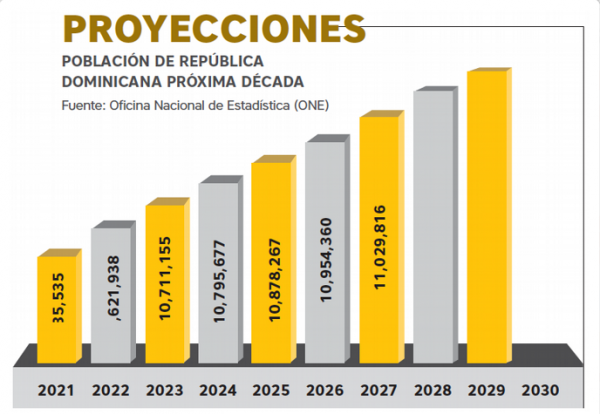
A report in Listin Diario says that United Nations and National Statistics Office (ONE) projections show a significant increase in the population of the Dominican Republic and Haiti over the next ten years. The island has 76,192 square kilometers.
The forecast is for 2 million more people to be living on the island by 2030. The growth in population is a major challenge on food, water, housing, health and other public services.
Social researchers Rafael Jovine and Flady Cordero agree that the population situation needs to be seen from an island perspective and policies adopted for the entire territory.
“Apart from cultural and other differences, we have to think of the territory as a whole. Energy and environmental policies, etc., have to be considered from a bi-national perspective because everything concerns both sides,” says Jovine.
For Jovine, one of the main challenges of population growth is the limitation of resources, especially water. That is why he recommends paying more attention to the island’s water sources.
Cordero believes the problem will not be the island’s 24 million people, but the absence of migration policies to regulate the flow of people from Haiti to the Dominican Republic. The researcher stresses that migration policies cannot be geared towards the expatriation of undocumented persons. He calls for efforts to regulate those who employ undocumented workers, the reduction of the entry of citizens and the improvement of Dominican consular policies in Haiti.
He believes that it is necessary to promote border development and that Dominicans and other business people should invest in Haiti so that the country’s economy improves, because “if there is an economic improvement in Haiti, the flow of migrants will decline.”
Flady Cordero concurs that what is most needed is to promote development and contribute to the generation of jobs in Haiti to reduce migration.
Read more in Spanish:
Listin Diario
20 January 2020

